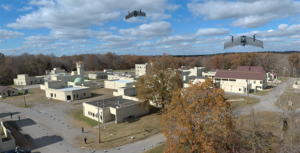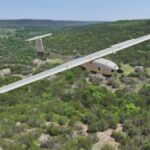
The Defense Advanced Research Projects Agency (DARPA) is exploring the future U.S. use of autonomous drone swarms against high-tech adversaries under the agency's Autonomous Multi-Domain Adaptive Swarms-of-Swarms (AMASS) program. Responses to a broad agency announcement (BAA) last November are due Feb. 10. "Today, our peer-state adversaries could invade their neighbors with little warning given their time-distance-mass advantage," the BAA said. "Adversary A2/AD [anti-access/area denial] bubbles with sophisticated air defense, indirect fires, precision weapons, and Intelligence, Surveillance, and Reconnaissance (ISR) capabilities…














